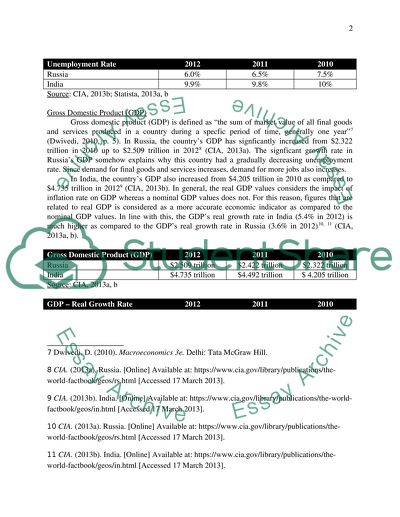Cite this document
(“Economic performance of Russia and India (2010-2012) Essay”, n.d.)
Economic performance of Russia and India (2010-2012) Essay. Retrieved from https://studentshare.org/macro-microeconomics/1470210-economic-performance-of-russia-and-india-2010-2012
Economic performance of Russia and India (2010-2012) Essay. Retrieved from https://studentshare.org/macro-microeconomics/1470210-economic-performance-of-russia-and-india-2010-2012
(Economic Performance of Russia and India (2010-2012) Essay)
Economic Performance of Russia and India (2010-2012) Essay. https://studentshare.org/macro-microeconomics/1470210-economic-performance-of-russia-and-india-2010-2012.
Economic Performance of Russia and India (2010-2012) Essay. https://studentshare.org/macro-microeconomics/1470210-economic-performance-of-russia-and-india-2010-2012.
“Economic Performance of Russia and India (2010-2012) Essay”, n.d. https://studentshare.org/macro-microeconomics/1470210-economic-performance-of-russia-and-india-2010-2012.


